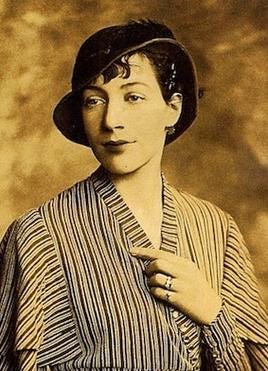The museum that vanished
How the Bath Fashion Museum vanished and plans to bring it back. We look at the history, the exciting new plans for it and ask how much reviving the museum will cost council tax payers.
Dear readers
Today’s issue of Somerset Confidential® is for our paying subscribers.
Proving a news service never has been and cannot ever be free.
Real news content, whether it is supported by advertising or the BBC license fee, cannot be free. Unless you want uninterrogated press releases, news comes from being there, interrogating the facts, asking awkward questions.
And that requires trained journalists, research, transport, forensic accounting and the like. Bills have to be paid if you want proper news coverage.
We keep as much of our news content as possible free for all residents of Somerset. Our weekly news summaries are always free.
However we can only do that with the support of our paying subscribers. That’s how we are able to fund the free service. If you can help support us in what we do, please consider a paid subscription.
A paid subscription costs just £30 or 58p a week. For that we’ll give you all this:
at least 48 exclusive paid subscriber only stories a year
access to our full back catalogue
the chance to comment on our stories
the pleasure of supporting Somerset’s most innovative independent journalism
You can subscribe here:
Thank you
Andrew Lee - editor
Let’s start with a quick question. What do a glove factory, a post office and a 1920’s author of tongue-in-cheek literature have in common?
The answer?
The Bath Fashion Museum.
The story of the museum starts with Doris Langley Moore, the Liverpool born daughter of a South African newspaper editor. Educated in Johannesburg she studied classics and proved herself an able translator of ancient Greek.
In the 1920s she started writing books and penned a number of works with titles such as "The Technique of the Love Affair” and “Pandora's Letter-Box”.
She married in 1926 and settled in London. As she ambled around London acquainting herself with the place, she chanced on the V&A Museum and its costume collection. She was hooked and several return visits confirmed her passion for fashion.
She started collecting colour plates of fashion but quickly moved on to collecting period costume. By the end of the Second World War she had amassed a considerable collection which she kept in her sizeable London home. As she became known as a collector so she started to receive gifts of fashion items from others.
After the Second World War Doris started to look for a home for her collection but without much success.
Throughout the 1950s she found temporary homes for her collection at Eridge Castle, Brighton Pavilion and Bath’s Octagon Chapel.




